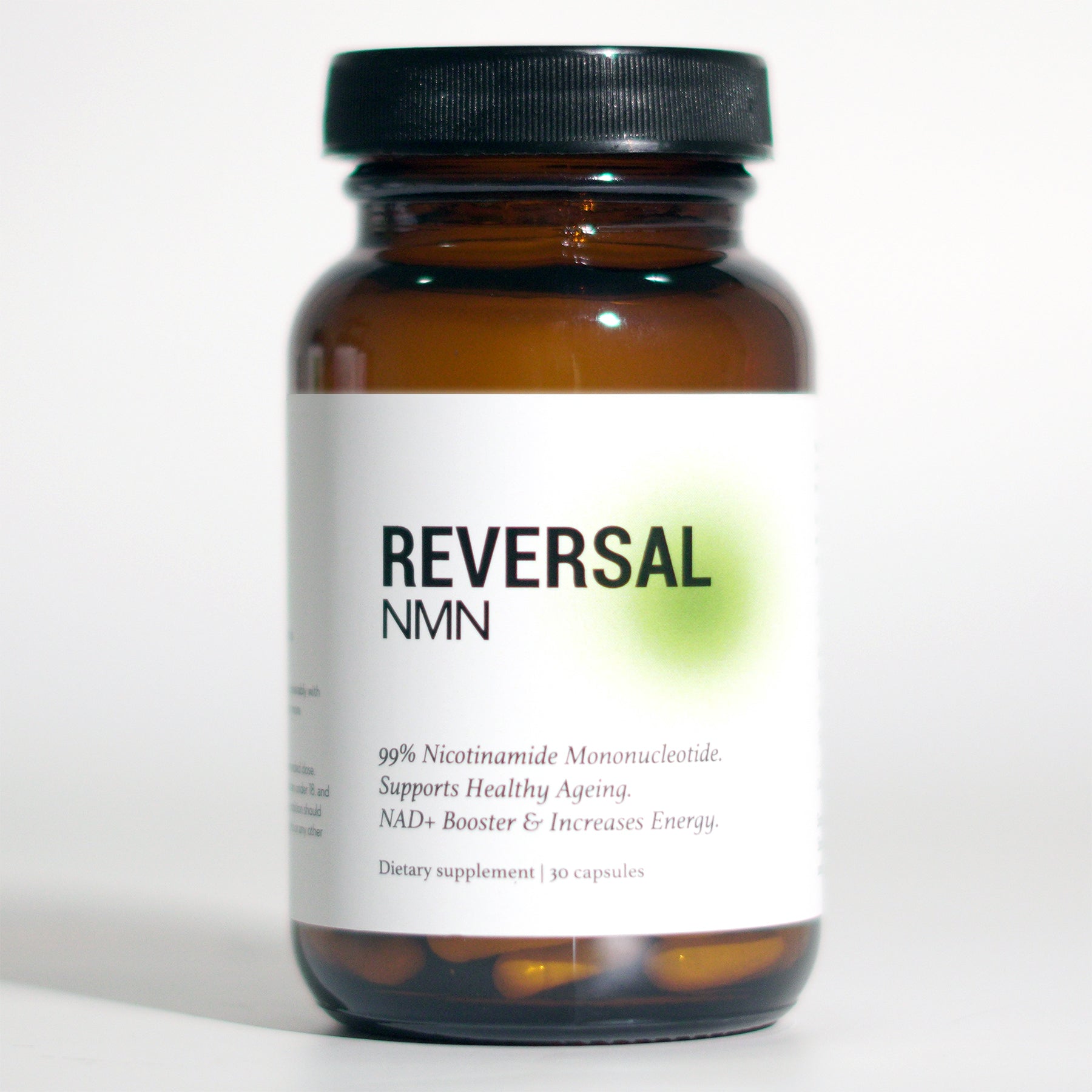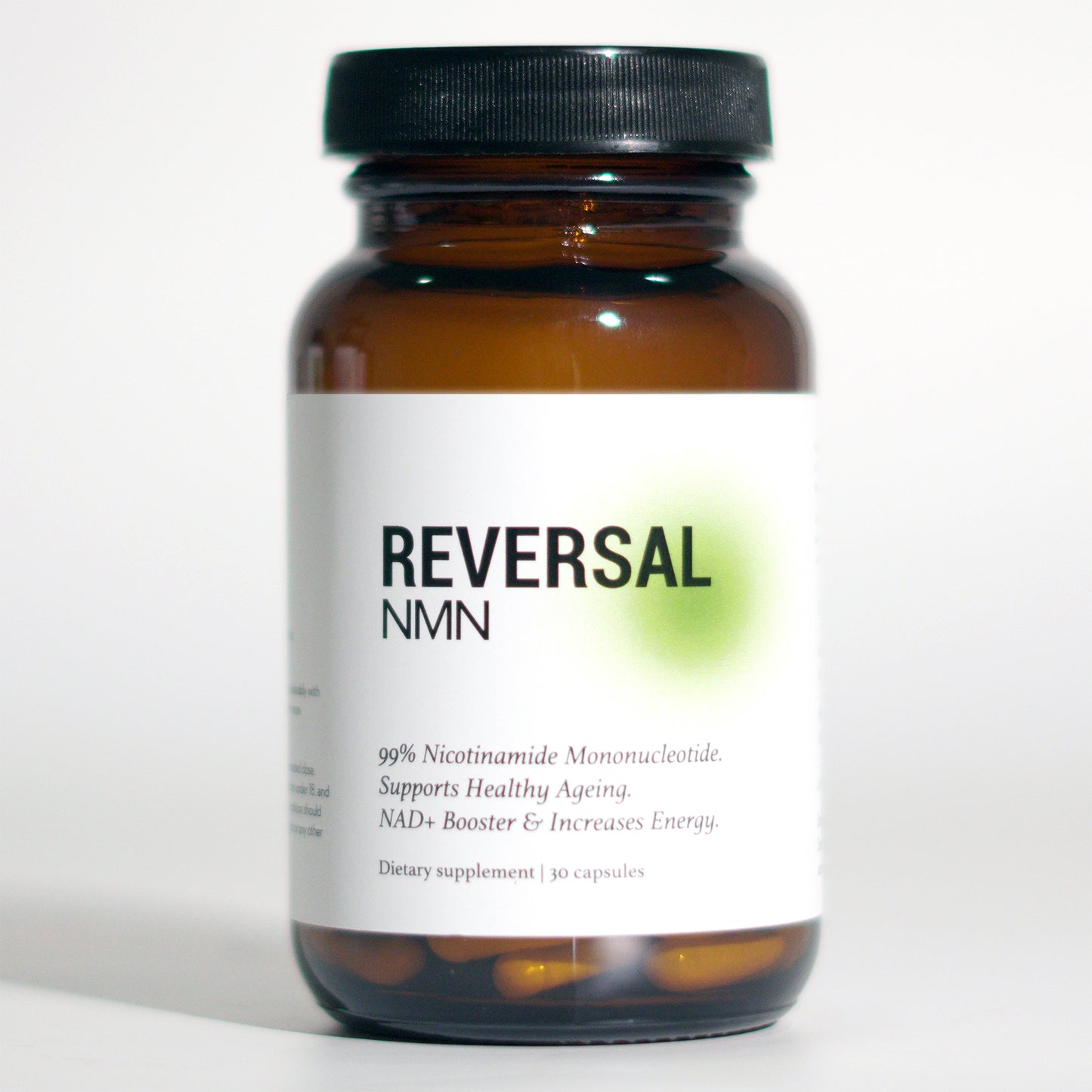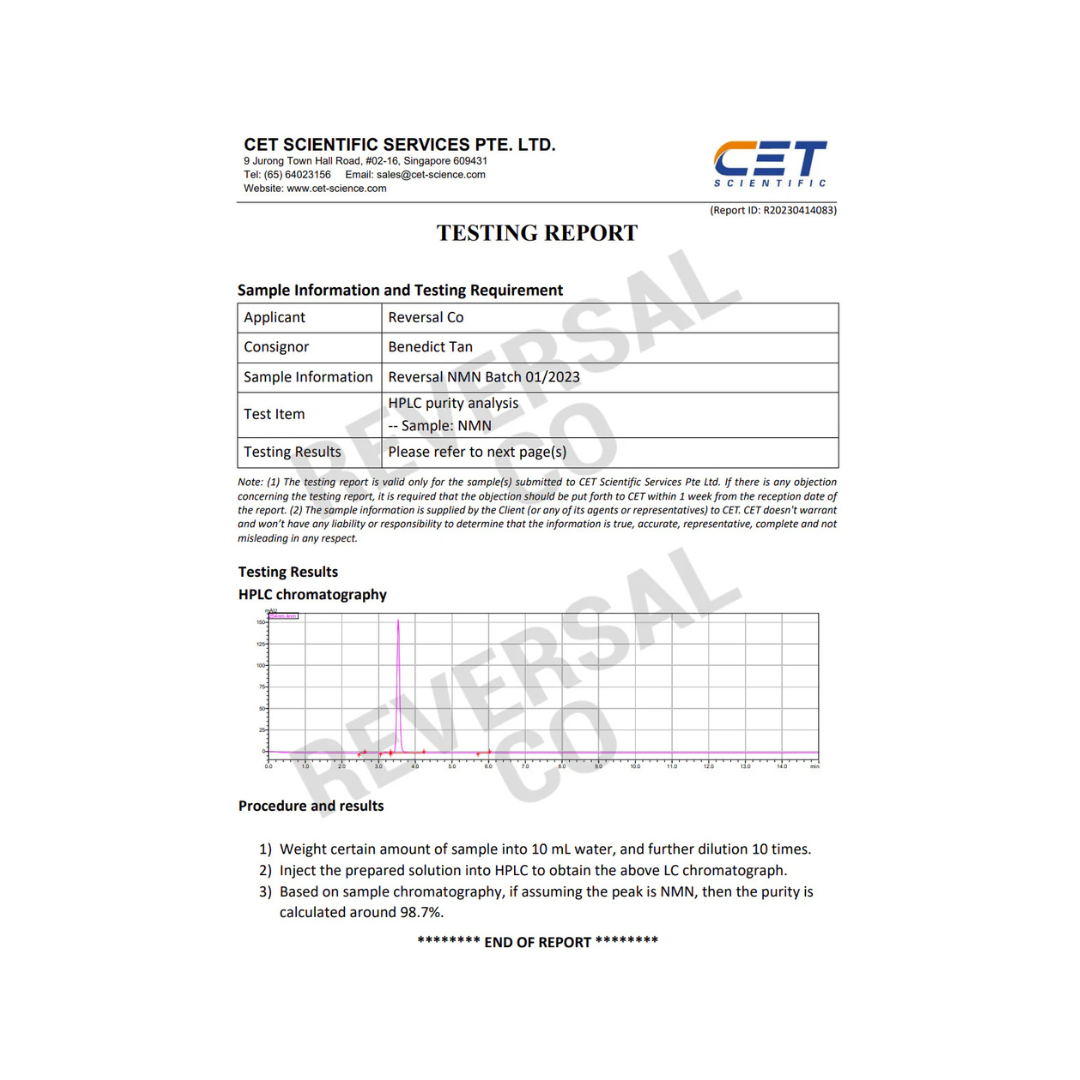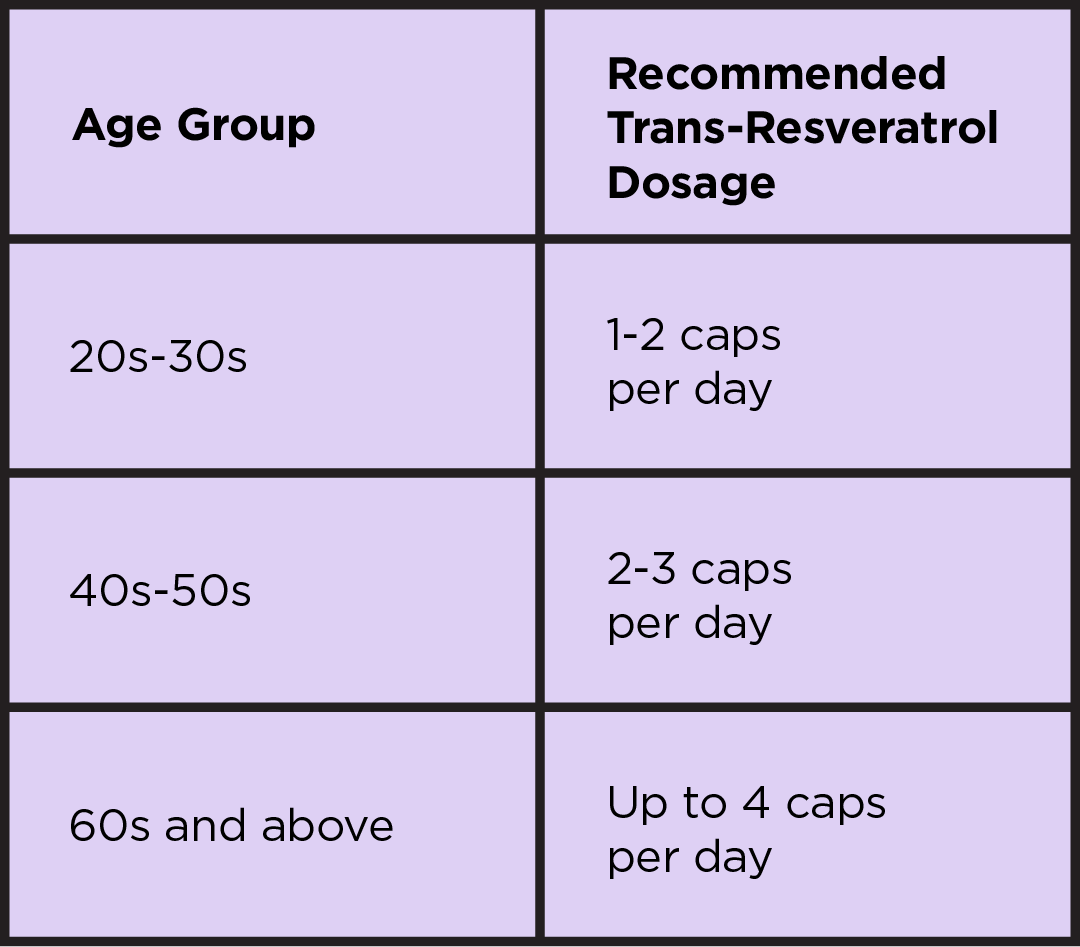Unraveling the Role of SARM1 in Neurodegenerative Diseases: Key Findings and Implications
Introduction: Axon degeneration is a characteristic feature of neurodegenerative diseases, and a recent study sheds light on a key enzyme called SARM1 that triggers this destructive process. Understanding the regulation of SARM1 has significant implications in the development of potential therapies for these conditions.
SARM1: The Major Player in Axon Degeneration
Loss of SARM1 has been shown to protect axons after injury and in various neurodegenerative diseases. SARM1 belongs to a family of enzymes that cleave NAD+. Activation of SARM1 results in the destruction of NAD+ and subsequent axon degeneration. However, the underlying molecular mechanism of SARM1 activation remains unknown.
The Role of NMNAT2 and NMN/NAD+ Ratio
NMNAT2, an axon survival factor, normally restrains the activation of SARM1. The ratio of NMN to NAD+ plays a crucial role in SARM1 activation. Manipulations that lower NMN or increase NAD+ provide protection against axon injury. Both low and high levels of NMN can protect axons, suggesting that the pro-degenerative role of NMN depends on additional factors.
Competition between NMN and NAD+ for SARM1 Binding
Both NMN and NAD+ compete for binding to the auto-inhibitory N-terminal ARM domain of SARM1. Structures of SARM1 bound to NMN have been reported, and it has been observed that NMN affects the structure of SARM1. Binding of NMN is necessary for injury-induced SARM1 activation and axon destruction.
Insights into SARM1 Regulation and Potential Therapies
Functional and structural studies have provided insights into the regulation of SARM1, expanding our knowledge of it as a druggable target. Alterations in NMN and NAD+ levels can activate SARM1 in neurons. This knowledge opens up possibilities for the development of SARM1 inhibitors as potential therapies for neurodegenerative diseases.
Conclusion
The study on SARM1 and its activation mechanism sheds light on the destructive axon degeneration that occurs in neurodegenerative diseases. Understanding SARM1 regulation not only expands our knowledge of this enzyme but also provides a potential avenue for the development of therapeutic interventions. Future research in this area may lead to the development of novel treatments for neurodegenerative diseases.
Note: For detailed data, code, and resources related to the study, interested readers can refer to the provided links and contact the lead researcher, Thomas Ve, for any resource and reagent requests.
Title of paper: SARM1 is a metabolic sensor activated by an increased NMN/NAD(+) ratio to trigger axon degeneration
Author(s): Figley MD, Gu W, Nanson JD, Shi Y, Sasaki Y, Cunnea K, Malde AK, Jia X, Luo Z, Saikot FK, Mosaiab T, Masic V, Holt S, Hartley-Tassell L, McGuinness HY, Manik MK, Bosanac T, Landsberg MJ, Kerry PS, Mobli M, Hughes RO, Milbrandt J, Kobe B, DiAntonio A, Ve T.
Year published: 2021
Published in: Neuron
Original article can be found here.














